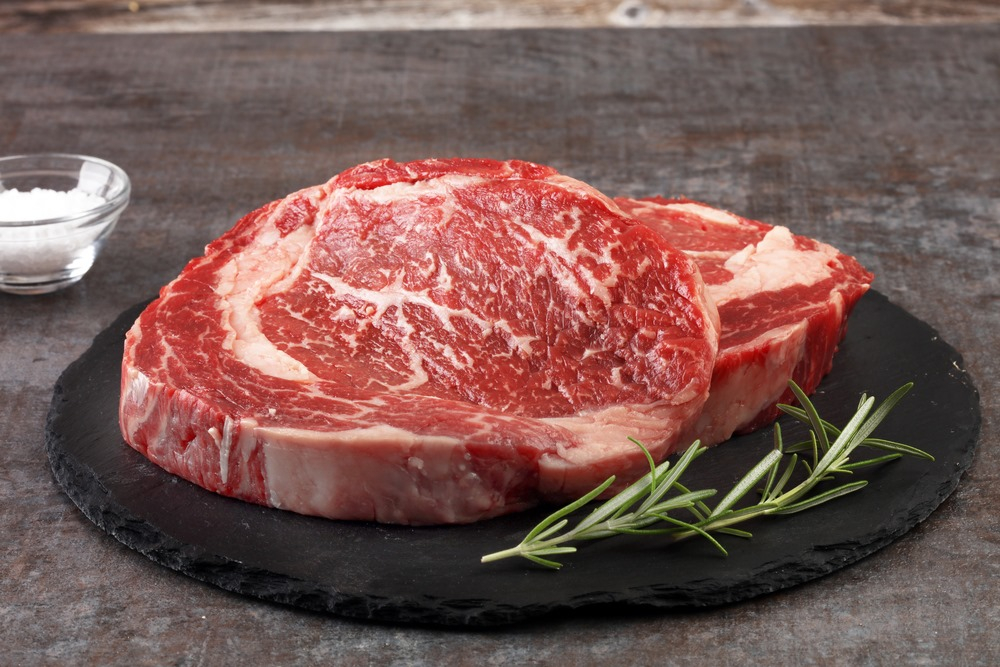A bison meat is initially separated into 8 primary parts before being killed. These basic slices are then split into sub-primary cuts, grounded or not. One of the numerous advantages of consuming bison flesh is its wonderful taste and vast diversity of cooking methods. In addition, bison cuts are often slimmer and fewer in calories than beef equivalents.
Bison has long always been the second most famous red meat, trailing only beef in popularity. However, bison meat cut is now in high demand because of improved marketing initiatives, extensive accessibility, and favorable nutritional composition.
Benefits of Bison meat
Bison contains a rich source of nutrients, with around 18 g of protein and every raw 5 oz meal. Protein is necessary for many body activities, including tissue formation, hormone levels, and nutrient delivery. Therefore, protein should be consumed in the range of 0.7 to 0.9 grammes per kilogramme of body weight for active persons. As an outcome, consuming bison is a good way to get closer for fulfilling this demand.
Bison meat cut is high in B complex vitamins, with a raw 5-ounce meal supplying 69 percent of the DV for micronutrients, 19 percent for vitamin B6, and 28 percent for niacin (B3) correspondingly. Vitamin B are those which are involved in a wide range of biological functions across the human body, including the creation of energy and neurochemicals and the development of red blood cells. Whereas many products are fortified with Vitamin B these days, incorporating bison meat in the diet which could assist people in fulfilling their daily requirements.
Bison is low in calories and fat, unlike other meats, with a raw 4-ounce (113 gram) portion offering 6 grams of fat and 123 calories. On substituting bison for fattier portions of beef, one might well be able to acquire the same number of beneficial vitamins while consuming fewer calories altogether, which may be good for people trying to change their body fat percentage or lose some weight.
Bison is adaptable in cooking with the help of remarkable nutrient quality and mild flavour. It may, for instance, be substituted for other red meats in practically any dish, including chilis, stews, and stir-fries. Further, bison is often served as either steaks or roasted, and it may be prepared in the same way as in other leaner red meats.

Whenever consumed in moderation as part of a balanced diet, bison rich nutritional profile may give several beneficial properties, such as encouraging a normal body weight and lean muscle.
Conclusion
The primary disadvantage of consuming bison meat cut daily is its high cost in most locations. This is because market pricing are based on producers and consumers. Additionally, pasture bison is often more expensive than grass-fed meat; however, this varies by targeted demographic.
Due to huge farming, conventionally produced beef is the least priced, yet the nutrient content of this food is probably different. Hence, purchasing bison in excess and in discount are two simple ways to have fun regardless of its greater price.


